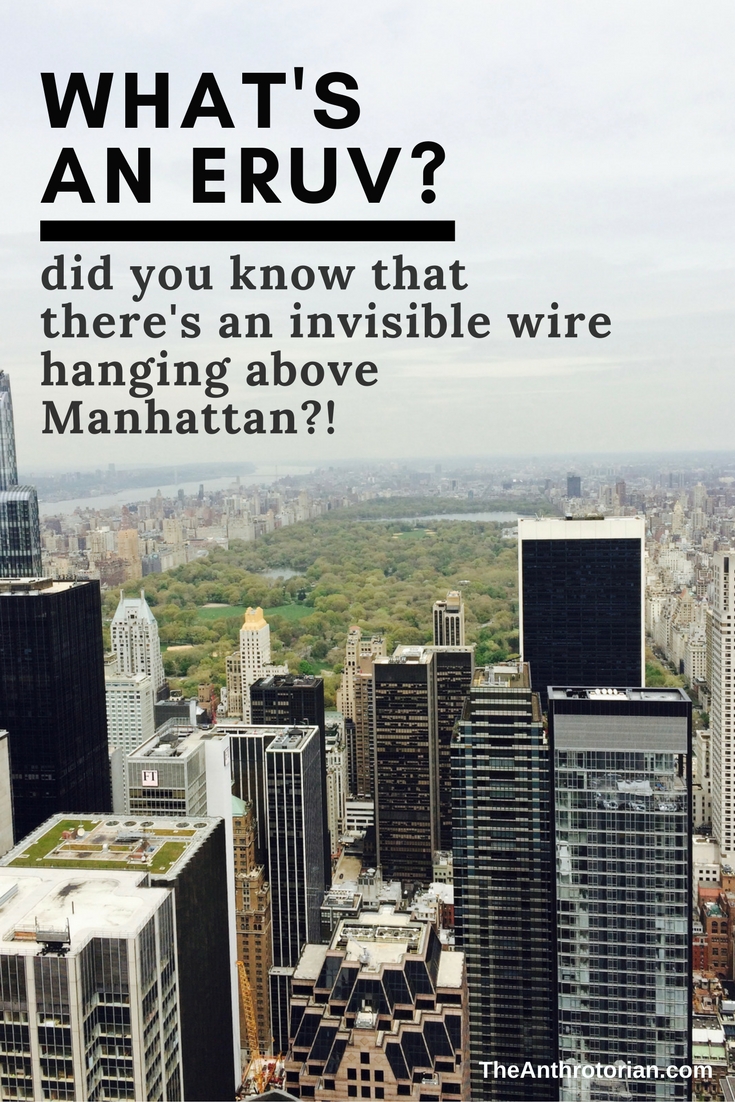Like a scene straight out of the ancient Roman Empire, gladiators erupted in violence last week in front of the Colosseum when local police showed up with eviction notices.
For the last 20 years, Italian men dressed in breastplates, helmets, and sandals have overtaken the exterior of the Colosseum for the entirety of the tourist season. Calling themselves ‘street performers’, these fake centurions are fiercely territorial (not allowing non-Italians into their ranks unlike the Roman army that they are ‘proudly’ emulating) and spend their summers harassing tourists.
They are pushy and aggressive, charging exorbitant sums for photos and even jumping in front of cameras without invitation and then demanding money from the photographer because they are ‘in costume’.
Now that a 20 million Euro restoration is about to get underway, city authorities have declared that the fake gladiators must clear out in order to restore decorum to the ancient arena. Plastic swords were drawn and punches were thrown when the touts got the news and the air filled with their calls of “Let us work, we need to eat!”
“gladiators erupted in violence in front of the Colosseum when local police showed up with eviction notices”
I wouldn’t feel sorry for these ‘poor’ street performers, however. Though they claim that they make only a meagre 50 Euros a day, the reality is that they make closer to 200 Euros a day — none of which is ever declared to the government and taxed. There is even speculation that these modern-day legionnaires are run like a mini-mafia by a few influential Roman families.
Since the violence last week, the city is now considering a system where a handful of permits will be issued that will allow them to charge for photos at a set price of 10 Euros each and will closely regulate their activity.
It was January the first time I visited the Colosseum, and the only person standing in front of it was me, there were no tourists or faux gladiators in sight. When I went back a few months later, it was a completely different scene.
Men in costume were standing all over the place and it was next to impossible to take a photo without them in it. They stood together in groups of three or five and had people with them, not in costume, who helped them intimidate people into paying them for inadvertent photos.
After a group saw me snap a picture from a distance, they came running at me, fierce expressions on their faces, telling me that I owed them 10 Euros each. When I refused, they got more belligerent, even following me down the street as I tried to walk away. If I had been by myself or had just arrived in the city, I may have given in out of fear, something that I think these men — who I have now learned are mostly ex-convicts — count on.
With tourism only growing, it is nice to know that the Roman government is looking out for visitors to their city and not allowing people to exploit their history.
Have you ever had a run-in with one of these modern day gladiators? Do you agree with what the city officials are doing?
—Some of the information in the post is from a news report in The Telegraph








































